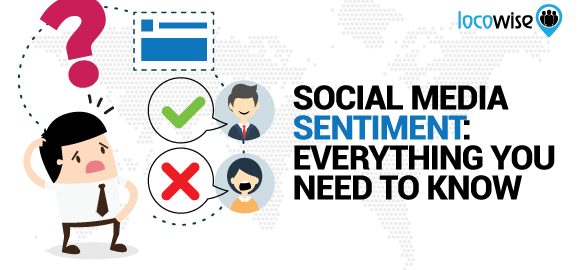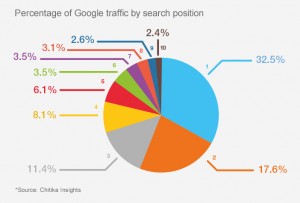There is a lot to be said for social listening.
If you’re a digital agency you’re probably doing a lot of the below already. But it pays off to have a refresh. If your work has many of these aspects in place for clients, check they’re running smoothly. And if you’re slacking a little on this stuff, this is a perfect opportunity to tighten up. It also may be the case that you’re looking at a new client.
A checklist can work wonders for upping your game quickly and effectively.

What are they doing?
Of massive use is social listening when it comes to competitors. If they’re on social (we know, most of them will be, just saying) then they are posting and updating too. Keep an eye on (or practise social listening with) these competitors. The value you get from this will be huge.
Once you’ve tracked a piece of content, your engagement data should show you a few things. It’s worth sitting down and having a good look at the following:
The potential to create and share similar content (especially if it is popular with the audience your competitor has)
The pain and pleasure points. What problem is the content solving? How is it appealing to your competitor’s audience? It obviously works
Check the feedback, and contribute
Taking a good look at what your competitor’s customers say about problems (even those not directly related to the product or service) can allow you to offer some helpful feedback. Answering questions has often been put forward as a slightly cynical way of gaining new customers and clients. But you don’t have to do that.
Instead, see it as a way to spot trends in your industry. If your rival’s audience has genuine issues around aspects of the industry, you should get involved and offer advice. This could be on blogs, social media feeds or anywhere your competitor is being communicated with by customers.
Helping other people is nurturing relationships, and leads to great customer service. This is part of social media marketing. Prospects are everywhere but they are also in your competitor’s arena. If you can help by looking at their feedback and then offering helpful input, you are building relationships. This could have a positive result in the future. While some people see this as just another ‘sea of prospects’, social listening allows you to get to know and help people. Any great result in the future is a bonus. Your aim is to help your client become known as much as possible.

Be completely platform aware
Your client may have a great presence on the big three (or four) social networks, but that doesn’t necessarily mean that the fight is over.
There are so many other areas involved in social listening. It is worth your while checking out forums, for example, or more specifically, groups.
Groups are a huge thing on Facebook and have been for years.
By listening to what people are talking about on groups you are setting your client up for more engagement in the long run. You’ll pick up themes that your audience is discussing. Common complaints too, pain points for the future.

Oh yes… your fans
Part of social listening involves very specific numbers. These numbers are your fans and followers. When you think about it, and this is in specific reference to social media, your fans and followers are prospects. The worst thing you can do is ignore the continuous growth and maintenance of this valuable list of prospects.
Put the work in and focus on making sure you are always updating followers and friends. This means adding as many people as you can on a continuous basis. Each new contact is just that, a contact. It’s your job to make sure that you add more, nurture more and ensure that the process continues. Take your time, it is always worth getting to know people before you add them to a spreadsheet. And that’s where the social listening part comes in. Check out what they’re talking about and then you can start to offer them advice, and so on. The more followers you have, the bigger the sales funnel.

And what are people saying about you?
This is the old classic version of social listening and it is more vital now than it ever was. This is where you search for your brand’s name on social media, and then see what customers and other companies are saying about you. Hashtags are also a great way to see what people actually think of you. There are plenty of benefits to actively searching for your name on social media. One of these is knowing when things crop up that can only be described as ‘problems’ you will know about it before the problem becomes huge.
Another benefit of checking out your social media presence and what people say about you is that you can see what they like. If there are positive levels of sentiment around your presence on social, you can work with these, and repeat and adapt that which works and people genuinely enjoy.

But the crux of the matter is…
Social listening always needs to be pretty focused. If it isn’t then you have activity that can basically not come to an end. Sure, you can say you want to find out what your client’s rivals say about them, and do that. But at some point you may want to try a new focus. The best thing you can do here is go back to your client and make social listening part of your conversation with them. Ask them what they want to know about. Is it customer sentiment? Is it what competitors are posting? Or is it just new ideas and trends in the industry?
Knowing what your client wants to get out of a structured social listening campaign will make the work easier. Establish goals and needs, and then get to work.
This area can never be underestimated. It should be a structured and carefully managed part of any social media strategy. If it isn’t something you do for clients as standard, maybe it needs looking at.
Digital & Social Articles on Business 2 Community
All that social listening needs tools. If you want to get your hands on some of the best social metrics available, you can do it for free for 7 days. Take out a Locowise trial now. Prepare to be impressed.
(76)
Report Post




